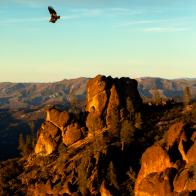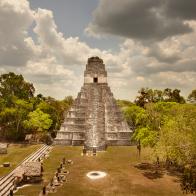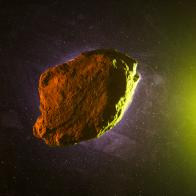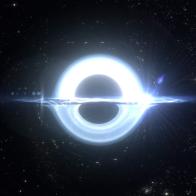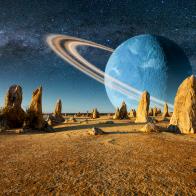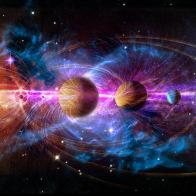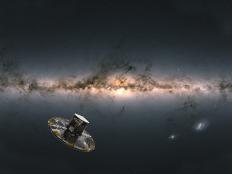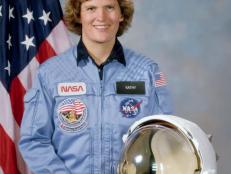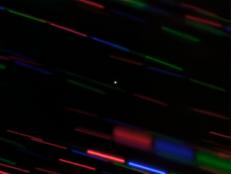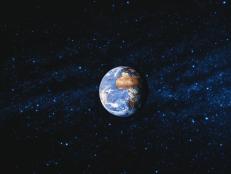All Space Articles
Showing 151 - 165 of 491 results
Scientists Watch as Stars Quake
The European Space Agency’s Gaia spacecraft has managed to watch stars tremble, their light subtly changing as starquakes ripple through their surfaces. Which is pretty cool, because Gaia wasn’t even designed to do it.
New Photos of Martian Space Wreckage
NASA's Ingenuity helicopter captured photos of an eerie debris field on Mars.
Lowell Observatory Astronomers Celebrate Hubble
Astronomers from Lowell Observatory in Flagstaff, Arizona celebrate the 30th Anniversary of the Hubble Space Telescope with personal stories from their research.
Female Firsts: Meet Dr. Kathy Sullivan
In honor of Women's History Month, we're celebrating the achievements of women around the globe and throughout history. From the pages of The Explorers Journal, we're sharing stories from four women who broke boundaries in exploration, research, and science. In our final spotlight, meet the first American woman to walk in space and to reach the deepest known point in the ocean, Dr. Kathy Sullivan.
How Did the Solar System Form?
How did our solar system form? It's a pretty simple and straightforward question, but as with most things in science, simple and straightforward doesn't necessarily mean easy.
Do Giant Water Worlds Host Alien Life?
We all wish we could find an Earth 2.0 – a planet about the size of our own, made of roughly the same chemical mixture, orbiting a sun-like star at just the right distance so that all its water doesn’t evaporate or freeze.
Lowell Scientists Reveal Second Known Minimoon
Through use of the Lowell Discovery Telescope, astronomers have gathered data proving that a second known minimoon of Earth exists. Let's learn more about this newly discovered asteroid!
The New Warp Drive Idea Isn’t Very Warpy
Headline after headline is sharing the exciting news: a pair of theoretical physicists have realized that our sci-fi dreams may be real: it may be possible to build an actual, operational warp drive. One problem: it doesn’t go all that fast.
Why We'll (Probably) Never Be Able to Teleport
For many of us, teleportation would be the absolute best way to travel. Imagine just stepping into a transporter and being able to go thousands of miles in nearly an instant.
What are the Chances of Life Appearing On…Earth?
Just how lucky are we on Earth? What were the chances that life would arise, let alone lead to intelligence?
Following Blue Origin’s NS-12 Rocket Launch
Blue Origin, Billionaire Jeff Bezos’ spaceflight company, is rescheduled to launch its NS-12 reusable spacecraft on Wednesday, December 11. Watch it LIVE.
For $3.5 Million, You Can Join Jeff Bezos in Space
The richest man in the world announced his spaceflight this month in a rocket designed by his own company, Blue Origin.
DNA's Building Blocks May Have Their Origins in Outer Space
One of life's building blocks could have originated in outer space. But if this experiment shows how these building blocks actually formed, how exactly did they get to Earth?
What to Know About the Crew-1 Spacewalks
We watched last year as the NASA and SpaceX Crew-1 mission launched and docked to the International Space Station. After roughly ten weeks aboard the station, Crew-1 also known as Expedition 64 is now preparing to take their first spacewalk of the year.
The Halloween Hunter’s Blue Moon Explained
There will be 13 full moons in 2020. Take that how you will, but the full moon coming up this Halloween night is a hunter's blue moon. So what does that mean?





























